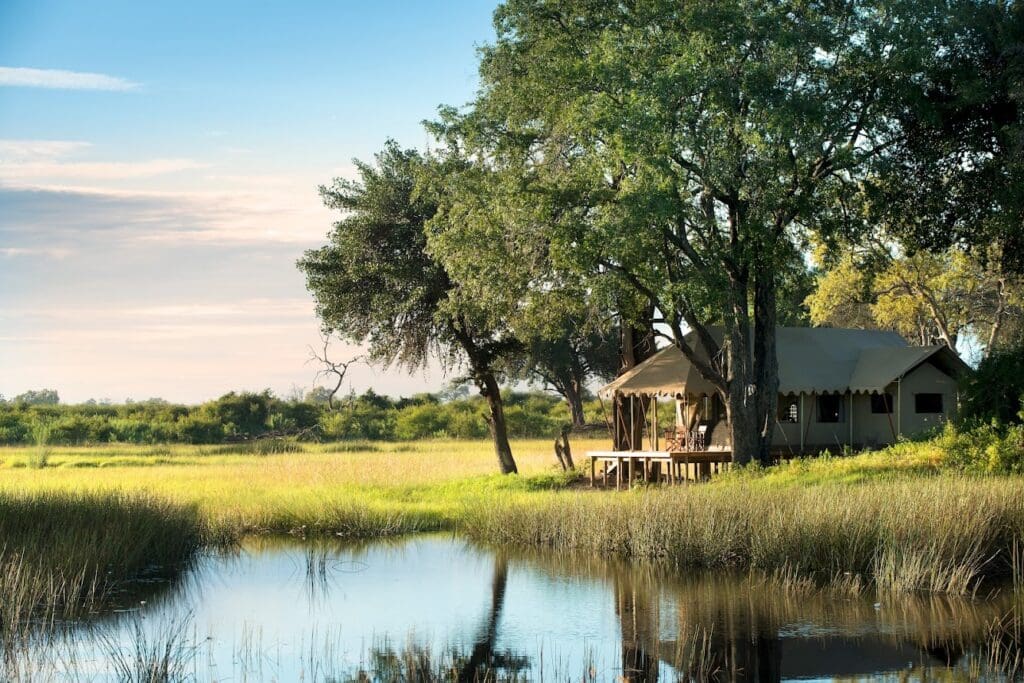New ranking shows Yellowstone National Park tops the list for animal enthusiasts planning summer adventures
Summer is just around the corner, and wildlife lovers everywhere are dreaming about their next big adventure. Whether it’s spotting grizzlies in North America or tracking tigers through Indian jungles, the thrill of seeing amazing animals in their natural homes tops many travel wish lists.
“There’s something magical about seeing wildlife up close in their own territory,” says Doug O’Connor from DeerFencing.com, a company that’s been working with wildlife management for over 30 years. “But timing and location can make or break your safari experience.”
To help animal enthusiasts pick the perfect destination, DeerFencing.com has pulled together data on some of the world’s best safari spots. They looked at what makes a great wildlife experience – the variety of animals you might see, how long the good viewing season lasts, and what other visitors have to say.
Each location received a score based on these weighted factors: how many months you can visit (30%), the diversity of wildlife (30%), visitor ratings (20%), and number of reviews (20%).
Yellowstone National Park, USA
America’s first national park takes the crown as the ultimate wildlife safari destination with a score of 75.01. Yellowstone’s popularity is about more than just its iconic geysers – the park is home to an incredible array of wildlife including bison, grizzly bears, wolves, elk, and majestic bald eagles.
With a stellar visitor rating of 4.8/5 based on more than 41,000 reviews, this Wyoming treasure clearly delivers on its promise of unforgettable animal encounters.
“Bison and wolves in their natural habitat create a completely different viewing experience than seeing them in zoos,” notes O’Connor. “The animals’ natural behaviours in the wild are fascinating to observe.”
Jim Corbett National Park, India
Coming in just behind Yellowstone is Jim Corbett National Park in India with a score of 74.60. As India’s oldest national park, Jim Corbett is renowned for its Bengal tiger population, along with leopards, elephants, and numerous bird species.
The park has earned a 4.4/5 rating from more than 31,000 reviews and offers a lengthy visiting season from November to June, giving travellers plenty of flexibility for planning.
“Tigers are such magnificent creatures,” says O’Connor. “Their power and stealth make them one of the most impressive animals to see in the wild.
Wilpattu National Park, Sri Lanka
Sri Lanka’s largest national park ranks third with a score of 64.75. Wilpattu is famous for its natural lakes called “willus,” and visitors get the chances to spot leopards, elephants, sloth bears, and an impressive variety of bird species.
With a strong 4.5/5 rating, this park provides a less crowded alternative to some of Asia’s more famous safari destinations.
“Sloth bears are fascinating animals that people don’t know much about,” O’Connor points out. “Their unique adaptations for feeding make them particularly interesting to wildlife enthusiasts.”
Kruger National Park, South Africa
South Africa’s flagship conservation area comes in fourth with a score of 64.34. Kruger offers visitors the classic African safari experience with opportunities to see the “Big Five” – lions, leopards, elephants, rhinos, and buffaloes.
Its impressive 4.7/5 rating from over 20,000 reviews reflects visitors’ satisfaction with both wildlife sightings and overall experience.
“The Big Five earned their name because they were considered the most dangerous animals to hunt,” says O’Connor. “Today, thankfully, most people hunt them only with cameras.
Maasai Mara National Reserve, Kenya
Rounding out the top five is Kenya’s Maasai Mara with a score of 63.82. This extension of Tanzania’s Serengeti ecosystem is world-famous for the Great Migration, when millions of wildebeest, zebras, and gazelles move across the plains in search of fresh grass.
The reserve maintains a 4.7/5 rating and is particularly popular during the July to October migration season.
“Witnessing thousands of animals moving together across the plains is on many wildlife lovers’ bucket lists,” O’Connor notes. “It’s one of nature’s most impressive spectacles.”
Doug O’Connor of DeerFencing.com commented:
“Seeing wildlife in their natural habitats is a privilege that comes with responsibility. Always maintain a safe distance, never feed wild animals, and follow park guidelines to minimise your impact. Being patient and quiet significantly improves your chances of meaningful wildlife encounters.
“It’s worth noting that climate change is altering wildlife viewing opportunities globally. Some species are shifting their territories, while seasonal patterns for migrations are becoming less predictable. This makes researching your destination before traveling more important than ever – the best viewing times mentioned today might change in coming years. Supporting conservation-focused tourism helps ensure these incredible experiences remain possible for future generations.”


